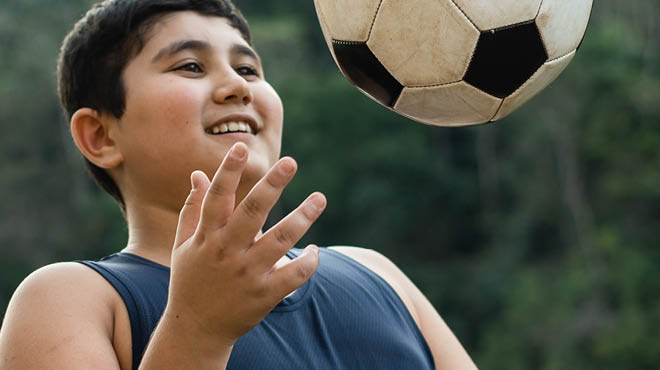Hidden signs of vision problems in children

Sometimes parents can tell if their child has a vision problem. The child may squint, hold reading material closely, experience headaches or complain about things appearing blurry. However, there are some less obvious signs of possible vision problems.
Here are four signs your child may have a vision problem:
1. Your child has a short attention span.
Does your child quickly lose interest in games, projects or other lengthy activities? These types of activities require clear vision and can be difficult if your child has a vision problem.
2. Your child losing his or her place when reading.
Does your child have difficulty keeping track of the words when reading? Multiple vision issues could cause this, including a lazy eye.
3. Your child avoids reading and other close activities.
Does your child avoid drawing, reading, playing games or taking part in other projects that require up-close focus? Your child may not be aware that the difficulty and frustration are related to vision.
4. Your child turns his or her head to the side.
When something is in front of your child, does your child turn his or her head to the side to see it better? This may be a sign of a refractive error, such as nearsightedness, or myopia; farsightedness, or hyperopia; astigmatism; or a slight eye misalignment.
Why regular eye examinations are important
If your child feels tired and has trouble concentrating and learning, it could be due to a vision problem. Your child's success in school is closely tied to eye health and clear, comfortable vision. School requires intense visual involvement, regardless if in the classroom or learning from home. Physical education and sports also demand strong vision.
Regular eye examinations are an important part of a child's overall health. An optometrist or ophthalmologist can find and treat vision problems early. The earlier your child is treated, the better off your child will be ― in and out of school.
Misty Watters, O.D., is an optometrist in La Crosse, Onalaska and Sparta, Wisconsin.




